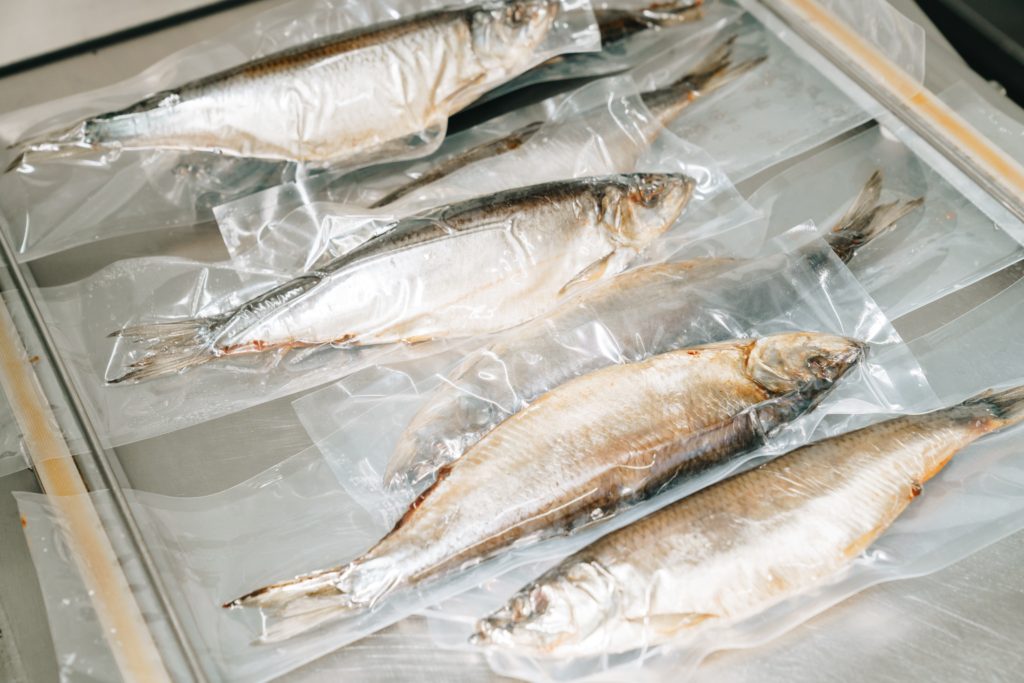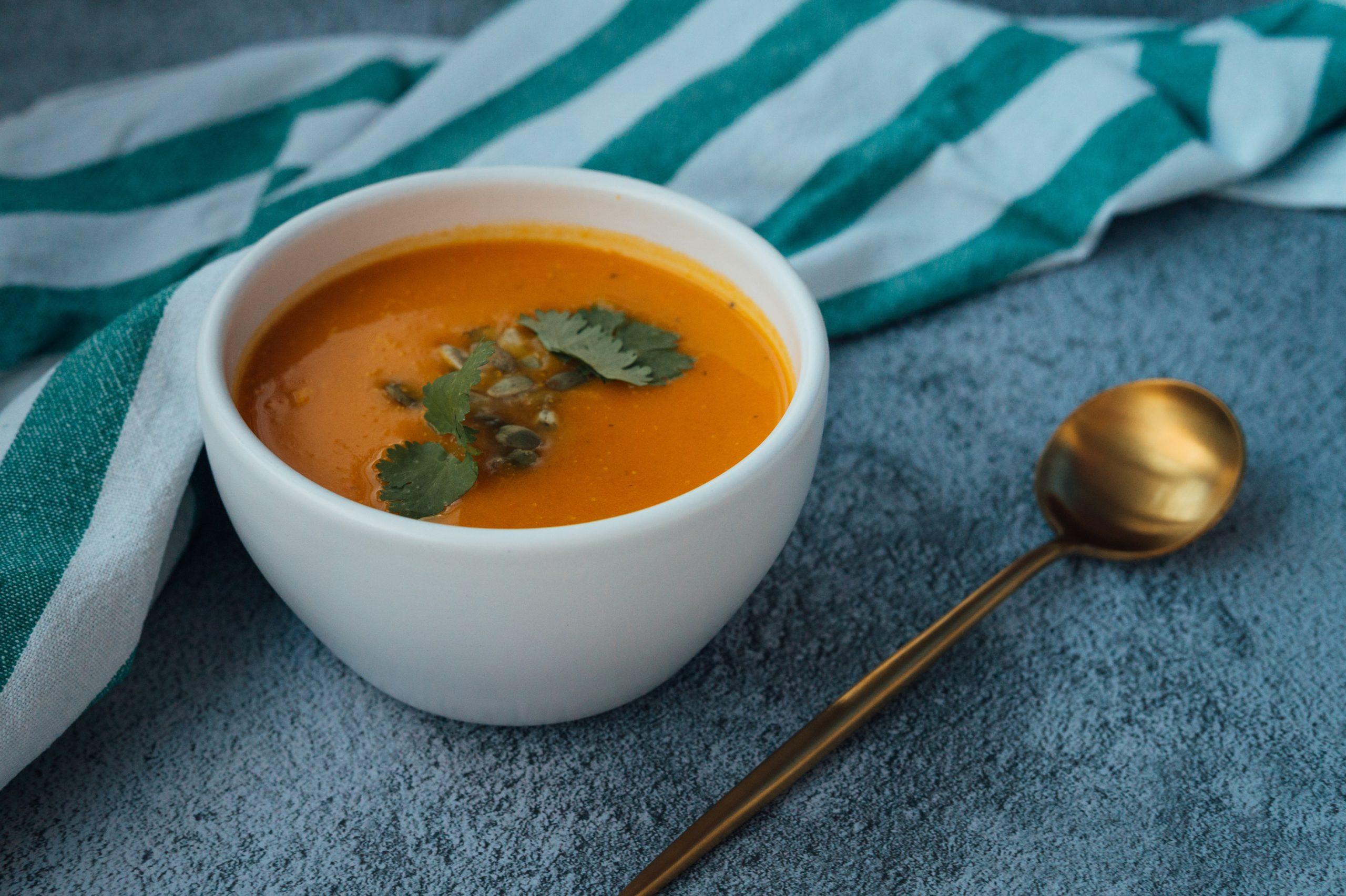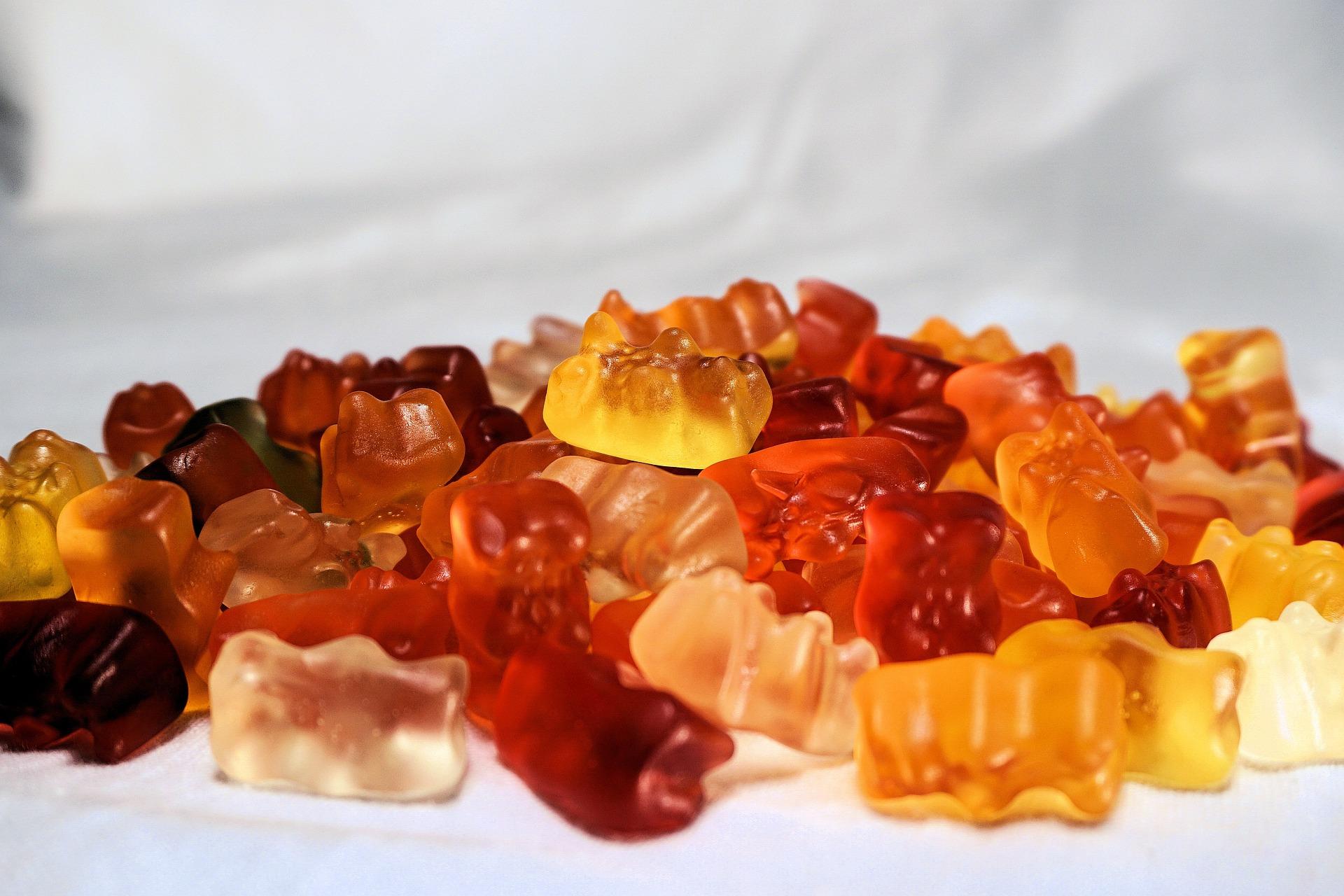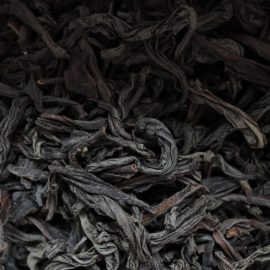
Karl Busch, a German scientist, invented the method of vacuum packaging during the 1950s. He first used this in packaging technology to extend the shelf life of meat products. During this period, vacuum packaging only serves as a means to extend the shelf life of food that individuals would consume during the days of war. A decade later, Busch introduced a machine that would allow manufacturers to vacuum pack food products in an industrial scale.
Today, vacuum packaging is one of the common methods of packaging food. Its wide range of applications include fruits and vegetables, dried fish, meat, and dairy products. In many households, a small home vacuum sealer can be used to vacuum pack leftovers.
Let’s discuss vacuum packaging in more detail.
Table of Contents
What is vacuum packaging?
Vacuum packaging is a type of food preservation method that involves modifying the atmosphere inside the packaging―it particularly removes air or oxygen. Hermetically sealing the package results in a near-perfect vacuum. This packaging technology uses a highly flexible plastic packaging that molds to the contour of the product being packaged.
Vacuum packaging is based on the principle of air (oxygen) removal inside the food packaging. A wide range of microorganisms, from bacteria to fungi, require various things to live—including oxygen.
Microorganisms can be classified according to their oxygen requirements—aerobic and anaerobic. Aerobic microorganisms are those requirement air to grow, whereas anerobic microorganisms are those that can tolerate the absence of air. Both of these types can be found in foods and spoil them. So, by removing air, food can be preserved and extend its shelf life.
And since anerobic microorganisms can also be found in food vacuum packaging is often partnered with another type of preservation method to make it more effective. This is the reason why some vacuum-packed foods like pasta, frozen meals, and seafood, in the supermarket are put in display freezers.
Dried nuts, dried fruits, and cured meats in vacuum packaging, on the other hand, are shelf life stable because in addition to the lack of oxygen, the products are also low moisture and contain high concentration of sugar/salt. Hence, they can be placed at room temperature.
In addition to removing air available for microbial growth, vacuum packaging also controls the oxidation of fatty acids that results in rancidity in food. As the name suggests, oxidation occurs in the presence of oxygen. If present, it reacts with unsaturated fats that is commonly found in nuts, meats, and other similar products. This is what causes off flavor, off odors and other undesirable changes in food.
How does it work?
Vacuum packaging is the final step in the production process for most products. As much as possible, this is completed immediately to minimize exposure to elements, particularly air.
To do this, the food that has undergone the final process is placed in a suitable packaging. The packaging material should be impermeable to various external elements, including air and moisture. Commonly used for vacuum packaging include nylon, Polypropylene (PP), Polyethylene (PE), Polyester (PET), laminated films, and aluminum foil.
You might also like: What Does Modified Atmosphere Packaging (MAP) Do?
With the product inside the packaging, it is brought inside a vacuum packaging chamber. This device can suck the air and oxygen out of the packaging by up to 99.8%. An effectively vacuum-packed container produces a skintight wall appearance. Thus, there should be no air pockets, especially along the edges.
After turning the packaging into a vacuum, the pack is closed by heat sealing or pulse sealing.
Special considerations
Vacuum packaging can be a good option as one way of food preservation. In general, vacuum-packed food stored can last from 6 months up to 2 years at freezing temperatures, and 1 or 2 weeks at refrigeration temperature.
Although this is the case for most products, there are several considerations when using vacuum packaging. For example, vacuum packaging should only be used for food that does not support the growth of Clostridium botulinum. This is because this bacterium is an anaerobic―it can survive inside a vacuum packaging.
Cl.botulinum is a bacterium that produces botulinum toxin, one of the most toxic substances known, and is commonly associated with improperly canned food products. Ingesting botulinum-contaminated food may result in paralysis or death.
As earlier mentioned, the storage temperature for vacuum-packed food should at refrigeration of at least 45°F (7°C) or lower. This should be maintained at all times. Anaerobic pathogens or disease-causing bacteria, including Cl.botulinum, are capable of increasing their growth rate exponentially as the temperature increases. Placing vacuum-packed foods at low temperatures not only slows their growth rate down, but it also inhibits toxin production.
Perhaps the best way to prevent food illness as a result of ingesting contaminated vacuum-packed food is to have the product shelf life to not exceed 10 days. The storage temperature requirement is best to be prominent on the package. And the shelf life determined by the initial processor should not be extended. This is particularly important for meat, seafoods, and other perishables.
Is the packaging compromised?
The common signs that a food has already spoiled include off odor, off flavor, discoloration, and undesirable texture (slimy, for example). In the case for vacuum packaging, its appearance can tell if something is already going bad.
A proper vacuum packaging is tightly sealed, skintight, and it contours to the product. For this reason, bulging or bloating inside the package can easily be seen. Bulging inside a vacuum packaging is concerning because it could be caused by gas produced by bacteria. Yes, microorganisms can produce gas bubbles, which is a byproduct of their metabolism. This is the same way yeast like Saccharomyces Cerevisiae produce bubbles during fermentation. But in this case, gas bubble might be caused by harmful microorganisms, particularly Cl.botulinum.


